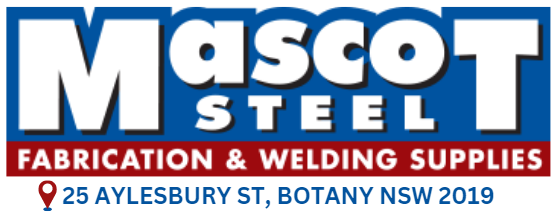Choosing Steel for Use in Moulds
If you work in manufacturing or design, you’ll be familiar with the crucial role moulds play in the development and production of tangible goods. Moulds are an invaluable mechanism for mass-producing unique shapes that can’t be constructed using joinery, welding or other adhesive methods. Moulds work by creating a single or two-sided negative impression of a shape, which is then filled with liquid material that eventually cools to form an object. Making moulds is a tedious process that relies on strong material with a high thermal resistance. Weak moulds can break under pressure, costing you the time and resources needed to construct a new one as well as downtime in production.
In heavy manufacturing, steel and steel-alloy moulds are most effective at mass-producing items made from other metals. As with any material, selection of a steel mould involves a trade-off of the strength, hardness and flexibility of your steel, as well as steel sheet prices. Selecting the best steel for your purposes is important to ensuring your mould is long-lasting and precise as it renders your goods.
If you are looking for durable steel then hardened tool steels are your safest bet. Hardened tool steels are less thermally conductive than other steel alloys which reduces cooling time. This means you can continue to mould quickly, meeting demand using less physical and human resources. It’s worth considering manufacturing all tools used in your moulding process with hardened tool steel to ensure molten materials manifest as little damage as possible to your production assembly. This is because when moulds get hot, shapes can become distorted or stuck.
Another option for mould manufacturing is carbide inserts, which have excellent wear properties along with great thermal conductivity. If you need to heat liquid inside your mould then this an alloy containing carbide inserts is for you. Another benefit of carbide inserts moulds is that they generally take less time to replace than hardened tool steel moulds. Maintenance is a factor that holds a steady impact on productivity and business expense, so considering how long it will take to replace your moulds when they eventually deteriorate is crucial to optimising your performance.
For prototyping, aluminium alloys can be a relatively inexpensive choice when you’re only planning to manufacture a few copies of a product variant. However, aluminium-steel alloys are not very robust and multiple uses can result in distorted products, particularly those with sliding or other moving parts.
For an average job with acrylics or other plastics, consider using a P-20 steel alloy. These are very durable and impact-resistant alloys but they will need a surface coat to protect the steel against erosion. For high-tolerance and high-volume parts, S-7 steel is the usual choice. It’s very durable, and impact-resistant that remains very stable when consuming heat. S-7 is particularly useful when manufacturing components with moving parts.
For all used steel beams for sale, round steel and more, contact Mascot Steel today. Read the rest of our blog for insights into best industry practice and engage with one of our consultants today to discuss your project.


